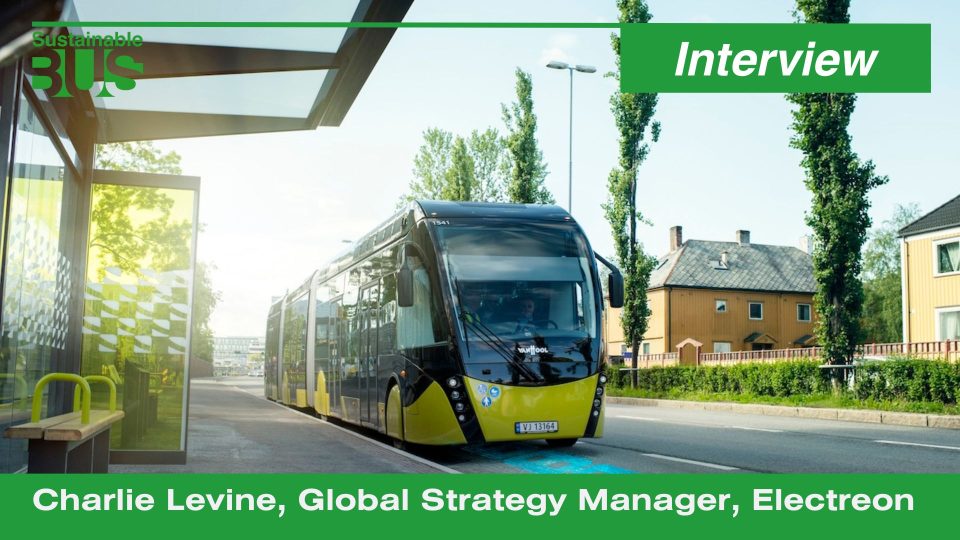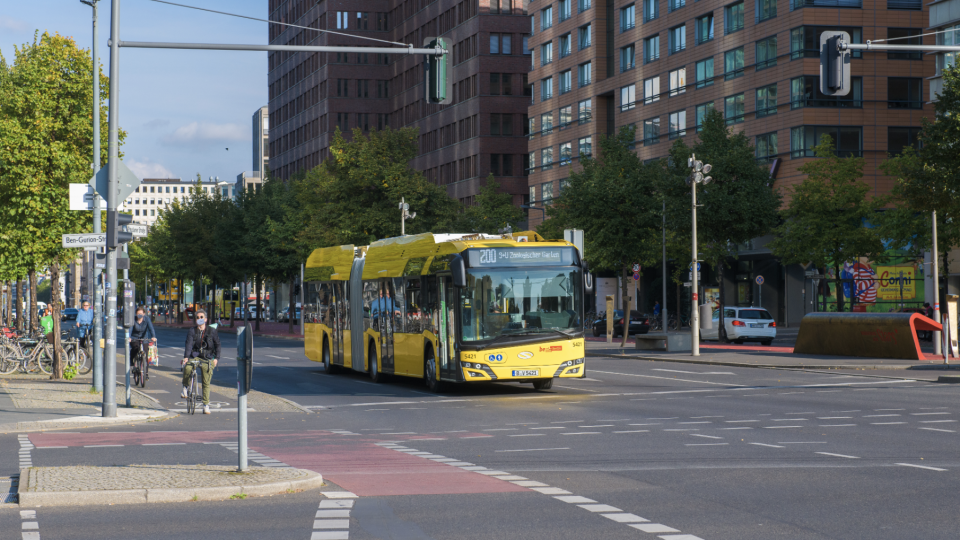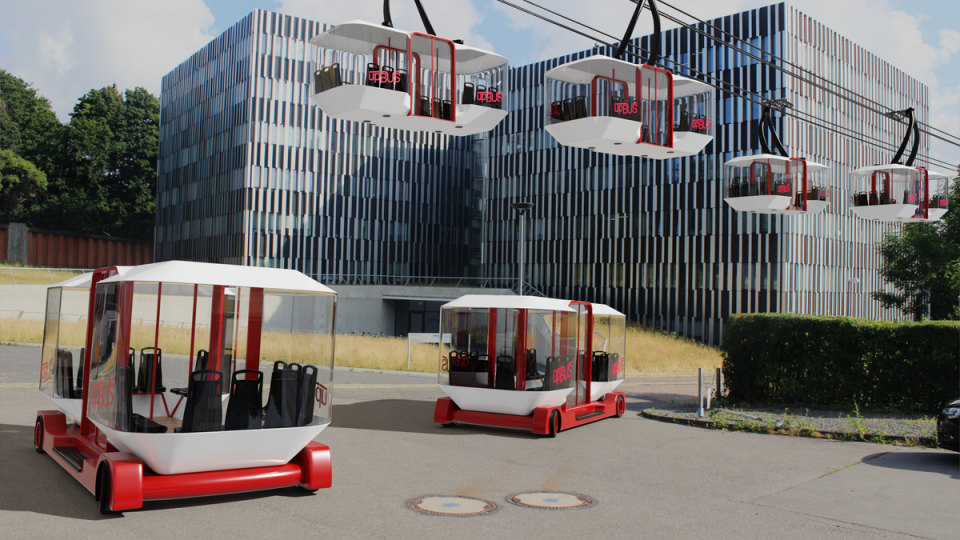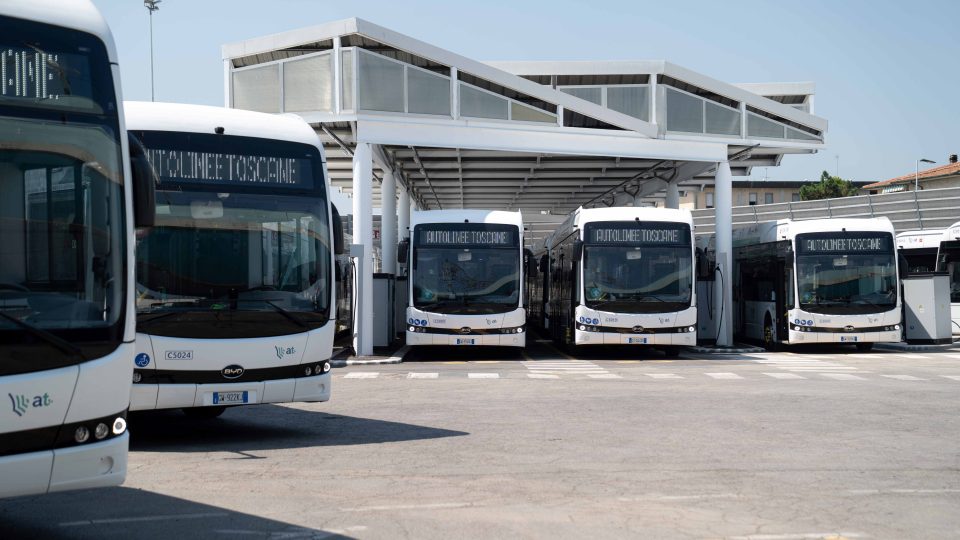From 500 to 1,000+ electric buses in less than a year in the Netherlands. And then?
Below, a contribution from Vincent Wever, sustainable transport specialist at consultancy agency Goudappel Coffeng. In September, the city of Leiden had a silent milestone: the 500th zero emission bus in the Netherlands went into service. We’ve come a long way since in 2015, the leaders of the PTAs in the Netherlands came to an agreement. From […]
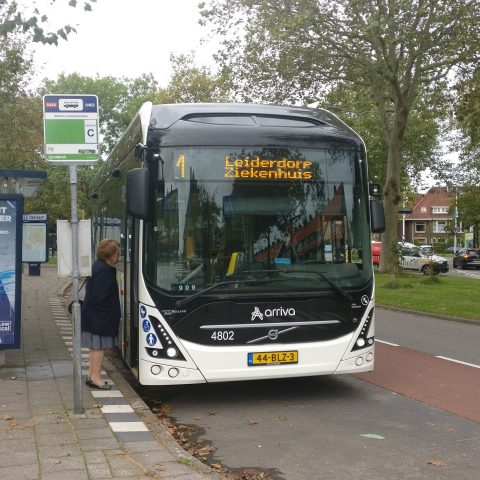
Below, a contribution from
Vincent Wever, sustainable transport specialist
at consultancy agency Goudappel Coffeng.
In September, the city of Leiden had a silent milestone: the 500th zero emission bus in the Netherlands went into service. We’ve come a long way since in 2015, the leaders of the PTAs in the Netherlands came to an agreement. From 2025 on, newly bought buses for public transport can only be emission free.
In 2030 the entire fleet (around 5000 buses) has to be clean on the exhaust pipe. We’re on a good pace: 10 percent of the Dutch fleet is now electrified.
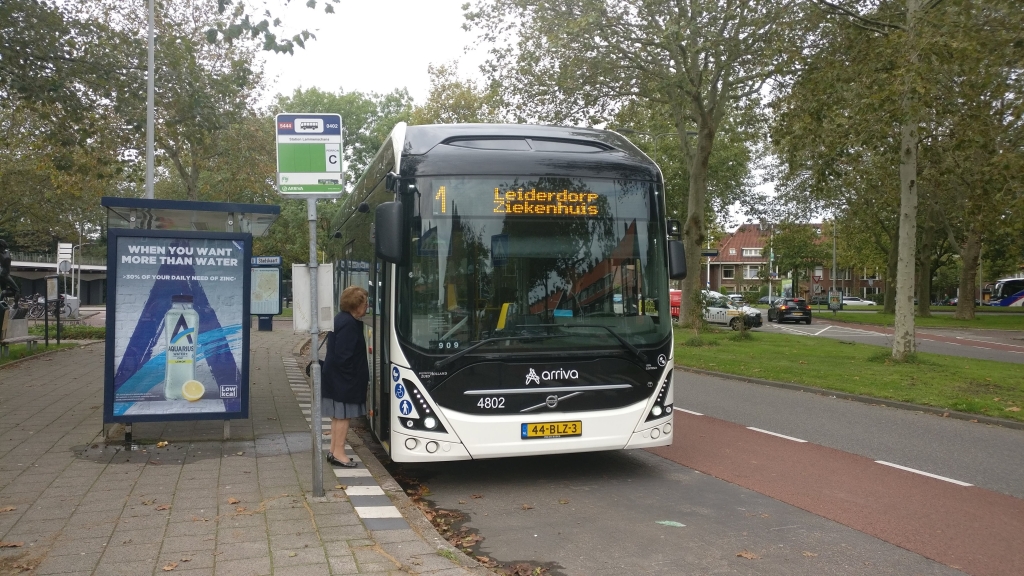
Transdev is the forerunner
The concession Amstelland-Meerlanden is front runner at the moment. More than 100 electric buses are driven by Transdev around Schiphol International Airport. Arriva, in the Dutch province of Limburg, is a good runner up with 95 buses, including some regional lines.
The concession DMG, south of Rotterdam and operated by Busitalia subsidiary Qbuzz comes third with 45 buses in operation at the moment. These operators make the top 3 in that order in zero emission vehicles as well as it comes on national scale.
Around 40 percent of the zero emission buses are operated by Transdev, around 30 percent by Arriva and over 14 percent by Qbuzz. EBS and Keolis are following on a distance. The city operators HTM in The Hague and RET in Rotterdam only have a few electric buses. Amsterdam operator GVB is the only PTO without a single zero emission bus.
Next year will bring large new fleets
The cards will be shaken totally different however in only a year time. Some major introductions are planned. In the northly provinces Groningen and Drenthe, 164 buses will be put in operation next December – a combination of buses with depot charging, opportunity charging as well as 20 hydrogen buses.
By the end of 2020, Keolis is expected to up over 300 electric buses on the streets in the eastern part of the Netherlands, with 95 percent of the total concession becoming emission free. Also in the cause of 2020, dozens of clean buses are going to be put into service in cities like Amsterdam, Rotterdam, Utrecht, Eindhoven and Haarlem. To put it short: a double sized electric fleet in less than a year time.
The challenges on the way towards the transition
Extrapolating these numbers and concluding that the total Dutch fleet is electrified in a matter of a three years’ time would be too easy though. Because challenges are lying ahead:
- The networks now electrified are the relatively easy ones. Most of the lines aren’t very long and the networks are operating stand alone. Not a single charger is shared by different operators yet. In the future, this will change, is our expectation;
- The electric grid is coming under growing pressure. Relatively high costs are being made right now to build the electric infrastructure needed for charging the buses, such as thicker cables and substations. And with the electrification of private cars, that challenge is getting even bigger;
- Standardization of charging infrastructure is still an issue. The PTA of Groningen-Drenthe has made a good step in interoperability. Two different types of buses, Heuliez and VDL, will be using the same OC infrastructure. But in the end, charging every electric bus in the same way should be as natural as taking diesel in the same way;
- The costs. In the end, electric buses are more expensive. The purchase price is neutralized on a longer term thanks to benefits in less maintenance and lower fueling costs. But the initial purchase price is higher and are taking a toll on the operator. On top of that, the costs of the charging infrastructure (OC and DC) are being put on the table of the operator as well.
But some chances as well
Fortunately, there are chances enough too:
- The public profits of zero emission (bus) transport are much higher. These profits are to be found in noise reduction and better air quality for example. These profits, however, cannot been seen on the balance sheet of a operator of PTA. But they do count.
- Zere emission bus is the road clearer of a much bigger transition in mobility. Public transport is a controlled form of mobility. Months on forehand of the next time table it is known where and when a vehicle is needed. In this way, we can draw lessons in a relatively safe way for other forms of traffic, such as (city) logistics and car mobility;
- Passengers are getting a more attractive product. A zero emission bus produces less noise and has less vibrations. Passengers are noticing the difference, according to research conducted by Goudappel on behalf of the Dutch knowledge institute CROW. On top of that, drivers are enthusiastic, though proper preparation and introduction is of the essence.
- Las but not least: as a Dutch nation, we’re proud on what we have achieved on this topic so far. Plus that a lot of knowledge is being developed here. Most of our operators are subsidiaries of international companies who are learning lessons on Dutch soil.
Putting our 500th electric bus into service may be a reason for a late celebration. But it is also an opportunity to think about the learning points so far. As with chances, there are plenty. And of course we’re more than happy to share this knowledge in depth with PTA’s and city operators.



